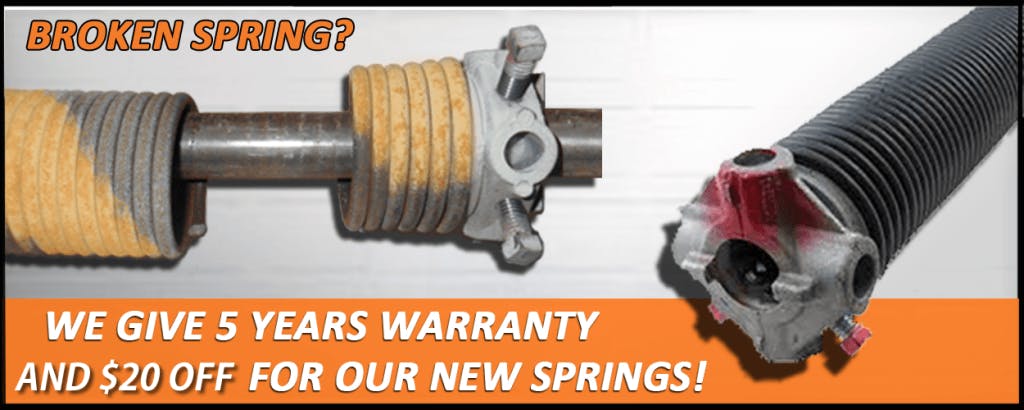Garage Door Spring Repair: Common Myths and Misconceptions
Garage doors play a vital role in our daily lives, providing security, convenience, and protection for our vehicles and belongings. Behind the smooth operation of these doors are various components, with the garage door springs being one of the most critical. However, myths about garage door spring repair can lead to safety hazards. Let us discuss the common myths and misconceptions in detail.

Myth 1: Garage door springs last for the lifetime
Fact: Garage door springs have a lifespan of about 10 years. After that, they are more likely to break. If you notice any signs of wear and tear on your garage door springs, such as rust, corrosion, or kinks, it is best to have them replaced as soon as possible. A broken garage door spring can be dangerous, and it can also damage your garage door.
Myth 2: Garage door spring issues can be solved DIY
Fact: Garage door springs are under a lot of tension, and they can be very dangerous to work with. If you are not experienced in garage door repair, it is best to leave it to a professional. Attempting to fix a garage door spring yourself could result in serious injury or even death. A qualified technician will have the training and experience to safely and properly repair your garage door springs.
Myth 3: Replacing one spring is sufficient
Fact: When one garage door spring breaks, it is important to replace both springs. This is because the springs work together to balance the weight of the garage door. If only one spring is replaced, the garage door may be unbalanced and could become dangerous to use.
There are a few reasons why people might believe that replacing one spring is sufficient. One reason is that it can be more cost-effective to replace only one spring. However, the long-term cost of replacing only one spring can be much higher than the cost of replacing all of the springs at the same time.
Myth 4: Lubricating the springs will prevent repairs
Fact: Lubricating garage door springs will not prevent them from breaking. It could actually make the springs more likely to break. This is because lubrication can reduce the friction between the spring and the track. Lack of lubrication can cause the spring to become overextended and break.
Myth 5: Any type of spring for replacement
Fact: Garage door springs are engineered specifically for garage doors. Using a different type of spring could result in the spring breaking, which could cause serious injury. It is important to use only the spring that is recommended by the manufacturer of your garage door. For example, a compression spring will not be able to replace an extension spring, and vice versa. Additionally, the spring must be the correct size and strength for the application. Using a spring that is too weak or too strong can damage the equipment or create a safety hazard.
Conclusion
These are some common myths about garage door spring repair. If you have any questions or concerns about your garage door springs, it is best to consult with a qualified garage door repair technician. They will be able to assess the condition of your springs and recommend the best course of action.
